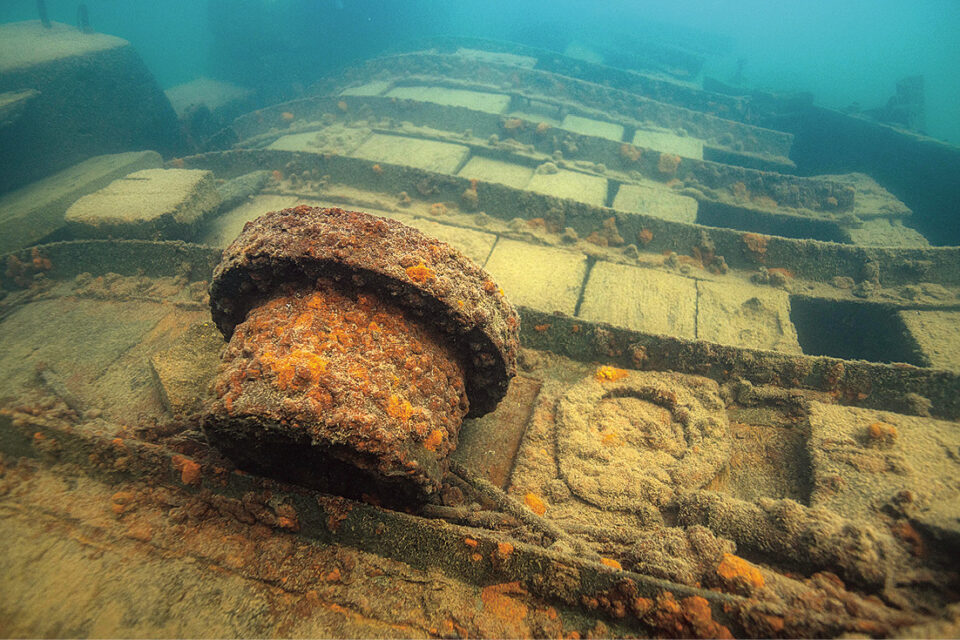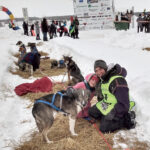Exploring and conserving ancient underwater ruins (like the Lighthouse of Alexandria and Cleopatra’s palace under the Mediterranean Sea), shipwrecks, cities, artifacts, museums, and other submerged cultural heritage sites are all part of the work of underwater archaeologists.
Did you know the world’s first underwater museum is the sunken ruins of the ancient city of Alexandria in the Mediterranean Sea, off the shore of Egypt? And the largest underwater museum, known as MUSA, is in Mexico’s Cancun National Marine Park, where more than 500 underwater sculptures in three galleries are located to facilitate the preservation of coral reefs. The oldest underwater shipwreck discovery is the Dokos, dated by archaeologists back more than 4,300 years. And underwater archaeologists are currently exploring almost 80 shipwrecks in Michigan’s Thunder Bay on the northwestern shores of Lake Huron.
Canadian and U.S. governments both employ underwater archaeologist teams to discover and take inventory of submerged artifacts. For example, Parks Canada’s Underwater Archaeology Team (UAT) discovered the two long-lost ships of the Franklin Expedition in the Canadian Arctic: the HMS Erebus, found south of King William Island in 2014, and the HSM Terror, found in 2016. The same UAT spent two weeks in the summer of 2019 off the North Shore of Lake Superior taking inventory on the 27 known shipwrecks within the boundaries of the Lake Superior National Marine Conservation Area. Using sonar, they gathered shipwreck data from the Neebing, Mary McLachlan, Gunilda and Ontario.
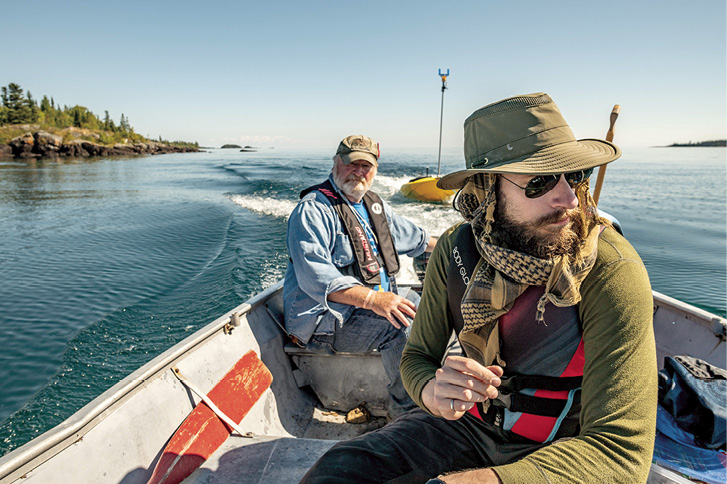
In the U.S., the Submerged Resource Centre (SRC), a unit of the National Park Service, has been documenting shipwrecks and other underwater sites for more than 40 years, including sites at Isle Royale National Park (IRNP) from 1980 to 1986. Almost 20 years later, in 2009, the SRC returned to Isle Royale to work with the IRNP to document the condition of five shipwrecks in the park: America, Henry Chisolm, Cumberland, Glenlyon and Emperor.
Thunder Bay’s Chris McEvoy is an underwater archaeologist and photographer who explores and documents submerged shipwreck sites, underwater artifacts and more. I asked McEvoy what the difference is between archaeology and underwater archaeology.
“Archaeology, in general, is the study of past cultures through the evidence they leave behind. Traditionally, this ‘evidence’ is often associated with artifacts, but it can also refer to the impact humans have had on the environment, which is something we also study,” said McEvoy. “The ‘underwater’ in underwater archaeology refers to the environment in which we look for evidence of human existence. Whether its modern shipwrecks or Indigenous occupations that are now submerged, the methodologies we use are like those on land—just adapted for a wetter environment.”
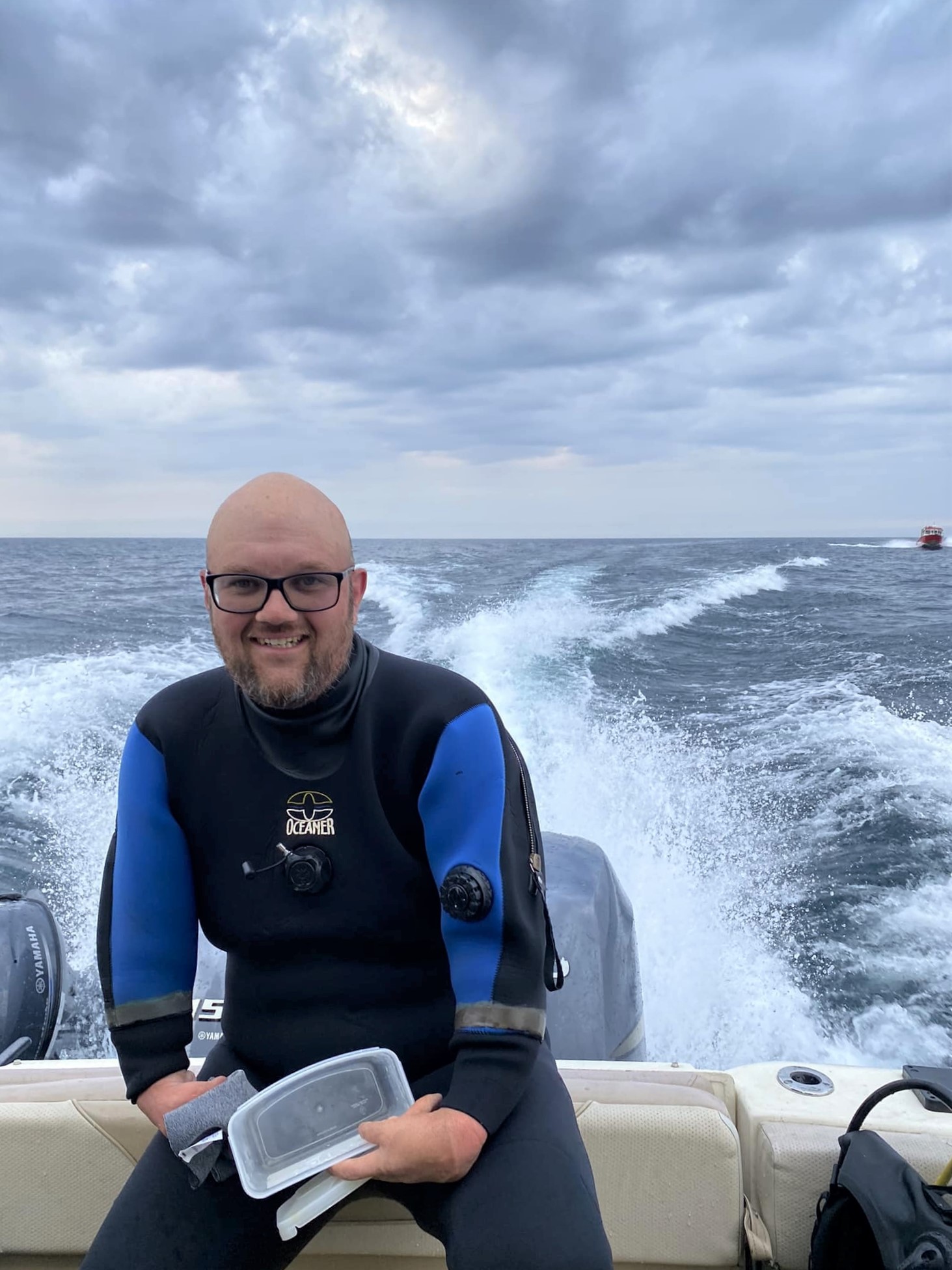
A graduate of Lakehead University, McEvoy has an honours BA in anthropology, a masters in environmental studies, and a diving license and marine archaeological license from the Ontario government. Since childhood, he has wanted to be an archaeologist.
“The idea of finding new sites and exploring past cultures always excited me. I also wanted to learn to scuba dive as a child, so I guess it was a combination of the two that fuelled my interest,” says McEvoy.
An accomplished photographer (his recent images of polar bears roaming the sub-Arctic wilds of Churchill, Manitoba have received high praise), he owns and operates Rusty Anchor Productions, and is a member of the Canadian Conservation Photography Collective. His photography skills have become an important tool in his underwater archaeology.
Some of his most memorable projects have included digging up 10,000-year-old sites near Mackenzie River and surveying shipwrecks on Lake Superior, including trying to find two French Navy warships that disappeared in Lake Superior on their first voyage after being launched in Fort William (now Thunder Bay).
“As a technician with Lakehead University’s Department of Anthropology, I recently had a chance to help search for two missing WWI Minesweepers (Inkerman and Cerisoles) near Michipicoten Island in Lake Superior,” said McEvoy. “As head archaeologist on the project, I helped develop the strategies for the survey. And what made the project particularly interesting was that we used semi-autonomous kayaks to search for the missing vessels. Developed by Tom Collins (Natural Resources Management), the jet-powered kayak was able to search large swaths of water without anyone on board. This meant that our team—Dr. Hamilton, Tom and I—could stay safe on shore, while the kayak used side-scan sonar to map the more challenging sections of the lake.”
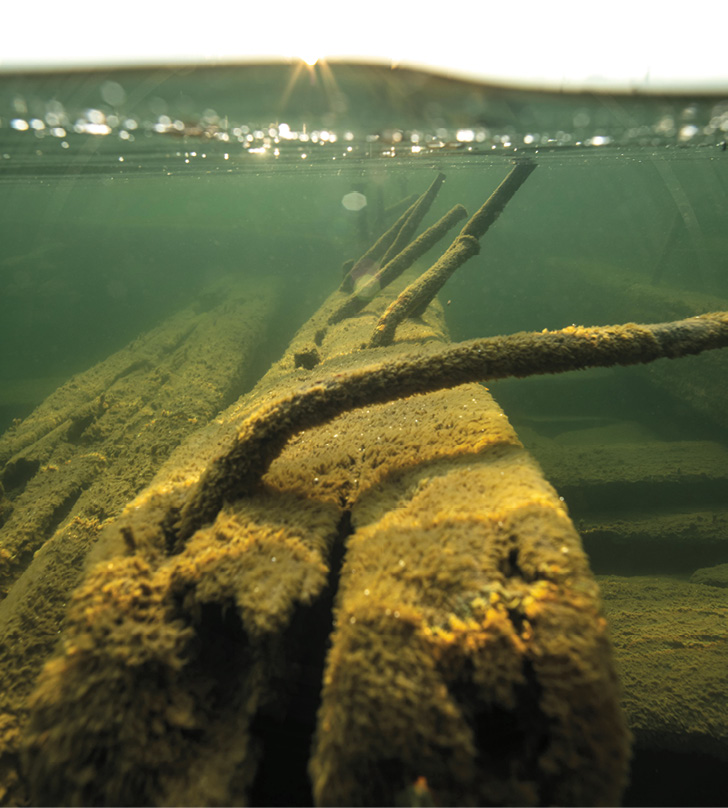
So, which kind of archaeology does he prefer? “Both underwater and terrestrial archaeology interest me. However, there is something about exploring the underwater that feels special. It’s a privilege to put on all that gear and go see a part of the world that most people won’t see,” said McEvoy. “Although I use imaging as part of my job, underwater photography is something I am really passionate about. I love bringing the underwater world to people who don’t get to see it for themselves. It’s a true privilege.”
While underwater archaeology is challenging, McEvoy notes that there is more to it than lost ships or searching for treasure.
“It’s a discipline that uses scientific techniques to answer complex questions regarding our collective past,” he says.


